Abbey Of Sainte-Foy: The Sacred Resting Place Of A Fourth-Century Martyr
The Abbey Church of Sainte-Foy in Conques, France, is a historic and important site for pilgrims traveling the Way of St. James to Santiago de Compostela in Spain.
This church houses the remains of Sainte-Foy, a young woman martyred in the fourth century.
These relics arrived in Conques in 866 through an act of theft by the monks of Conques, who were determined to bring the holy relics to their abbey after failing to acquire other relics.

The Martyrdom of Sainte-Foy
The story of Sainte-Foy, or Saint Faith, begins in the fourth century when a young Christian girl was martyred during the Roman persecution.
Her remains became highly venerated, eventually making their way to Conques through an act of “furtum sacrum,” which means “holy theft.”
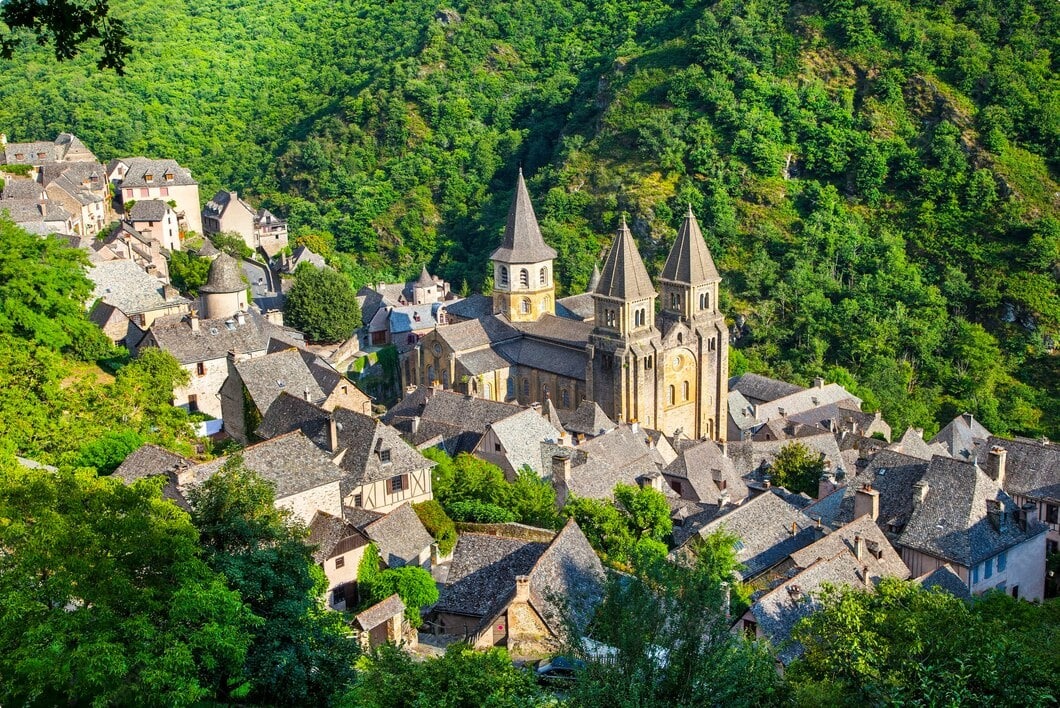
In 866, after failing to acquire the relics of Saint Vincent of Saragossa and St. Vincent Pompejac, the monks of Conques focused on obtaining Sainte-Foy’s relics, which were kept in Sélestat.
A monk from Conques spent nearly a decade in disguise, gaining trust until he was able to steal the relics and bring them to Conques.
This event quickly transformed Conques into a major pilgrimage site.
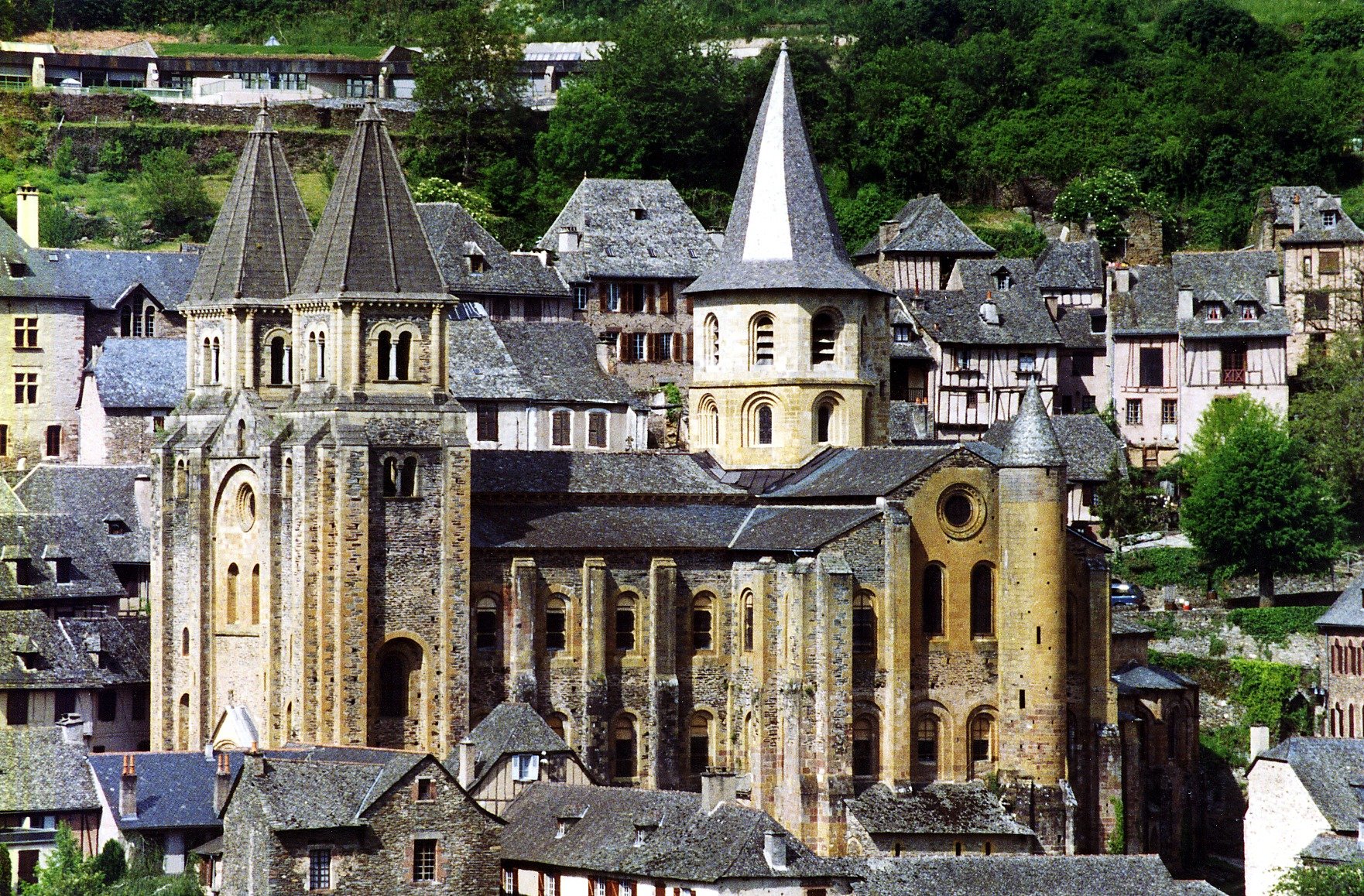
Architecture of the Abbey Church
The original monastery at Conques was an eighth-century oratory, built by monks fleeing from the Saracens in Spain.
However, as the number of pilgrims grew, the church needed to expand.
The original chapel was demolished in the 11th century to make way for a larger structure, which was completed in several phases.
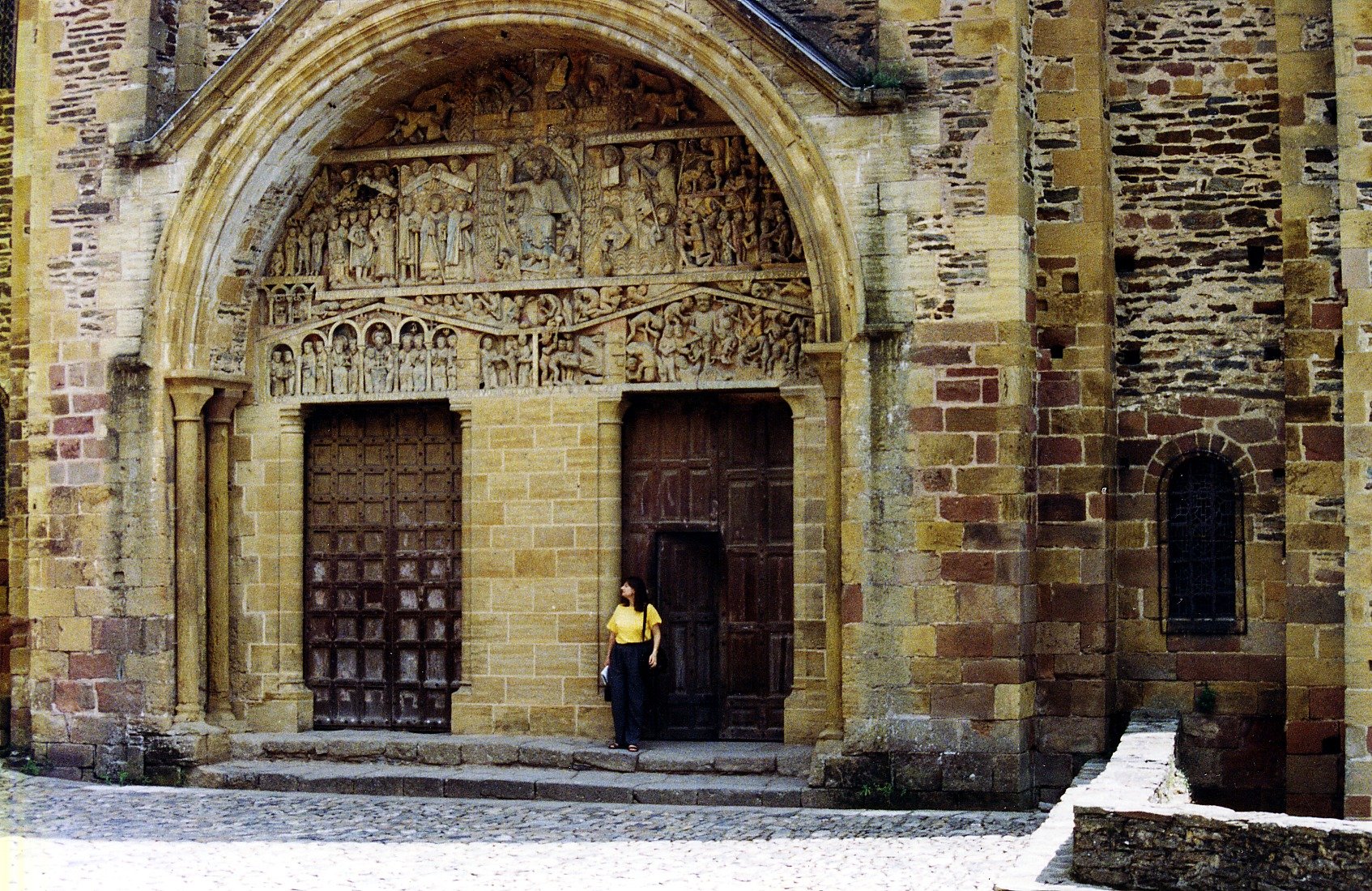
The final structure, completed in the early 12th century, is designed in a cruciform shape, typical of pilgrimage churches.
The church is 59 meters long on the outside and 56 meters long on the inside, with a crossing tower that rises to a height of 26.4 meters.
The interior of the church is 20.7 meters tall, giving a strong sense of verticality.
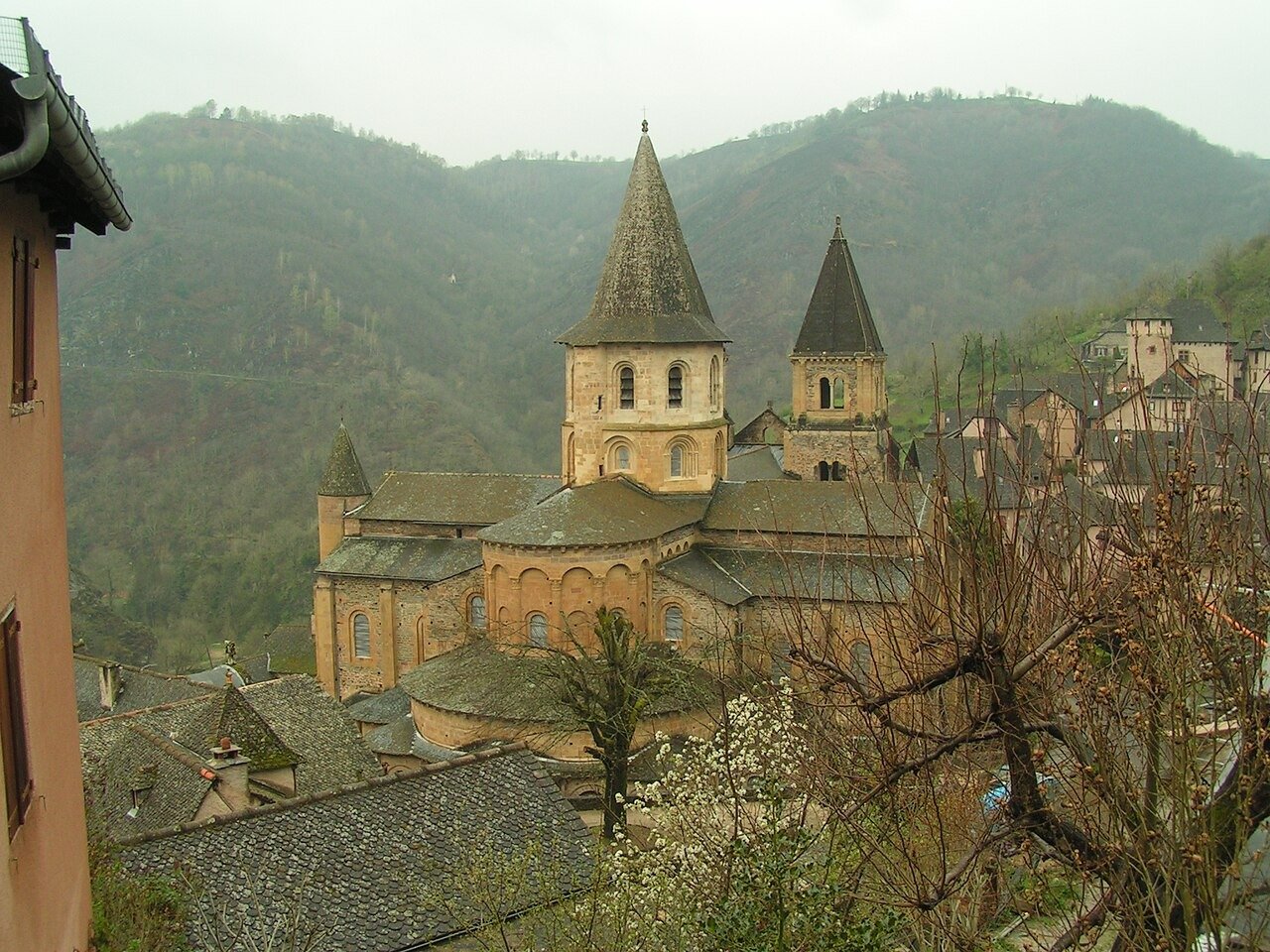
Inside the church, the nave is roofed with a continuous barrel vault that is 60 cm thick.
The arches in the main aisle are simple, rounded arches, echoed in the gallery above, and the side aisles are covered with barrel vaults.
The crossing dome is a delicate octagon, with ribs radiating out from the center, and the squinches feature angels with lifelike expressions.
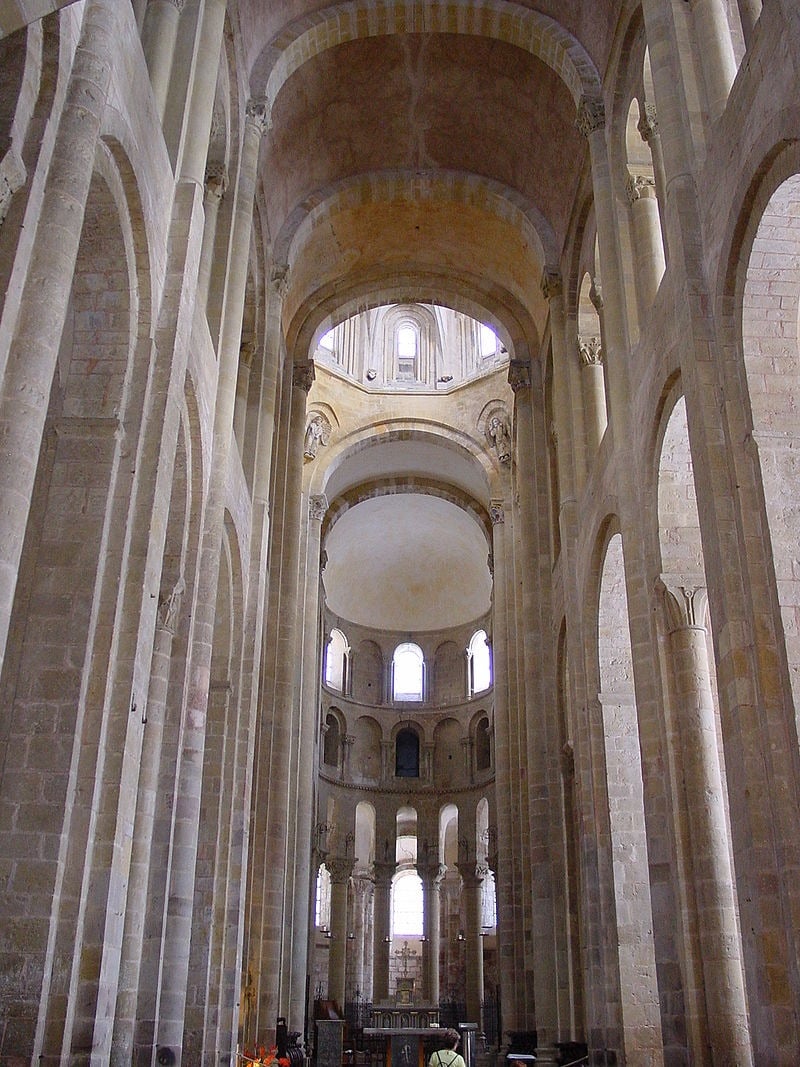
The church has 212 columns, many of which are decorated with intricate carvings, including biblical scenes, symbols, and scenes from the life of Sainte-Foy.
Some of the capitals even feature traces of color, hinting at the original vibrant decoration of the church.

Light plays a significant role in the design of the church.
Large windows under the groin vaults of the aisle and low windows in the galleries allow light to filter into the space, focusing particularly on the high altar.
After World War II, the original windows were replaced with colorful stained glass designs by artist Pierre Soulages.
The artist created 104 windows with abstract designs made from reconstituted crushed white glass.
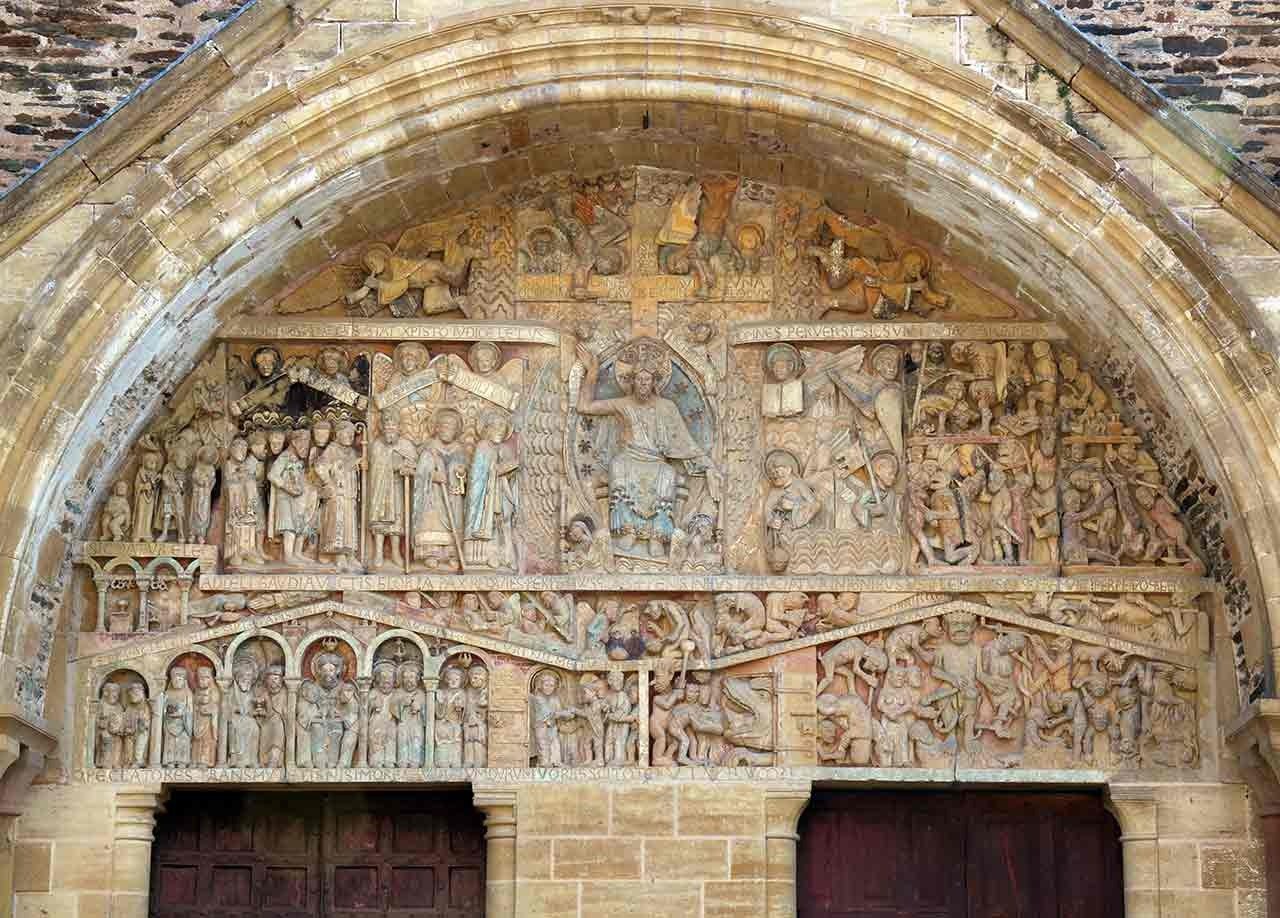
The Treasury and Relics
One of the most famous treasures in the Abbey Church is the golden statue reliquary of Sainte-Foy.
This reliquary, made in the latter half of the ninth century, contains a piece of Sainte-Foy’s skull and is decorated with gold, jewels, and other ornaments donated by pilgrims over the centuries.
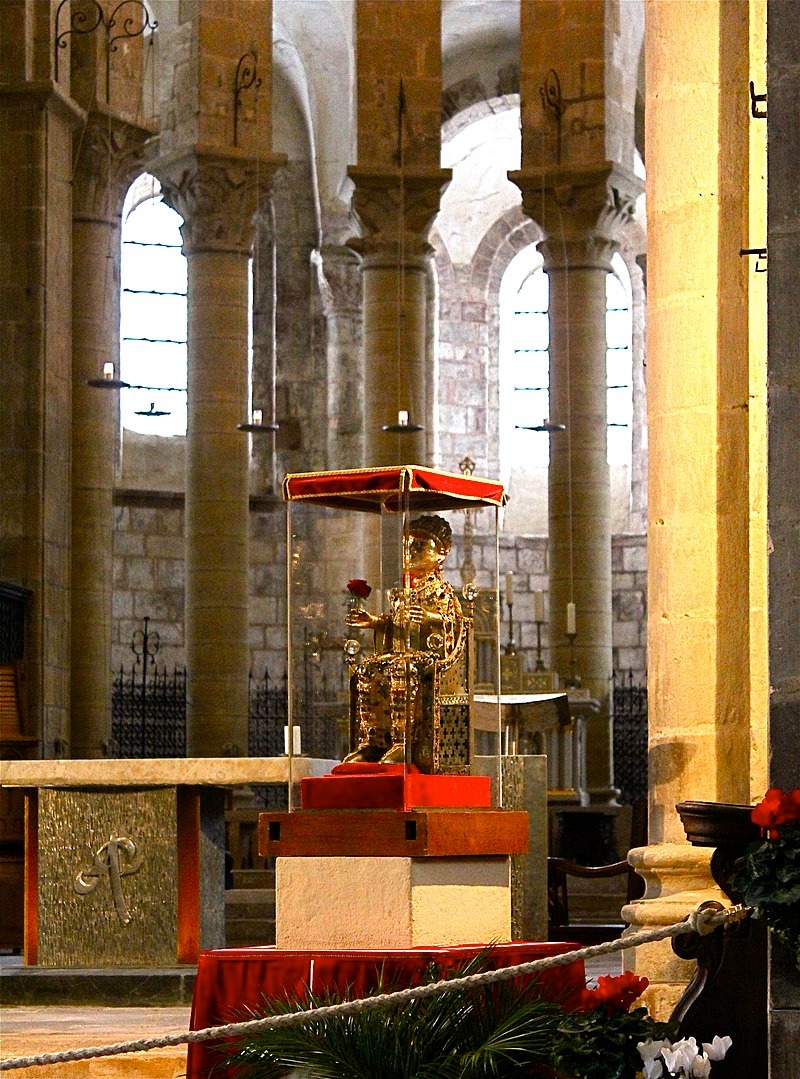
The reliquary has grown over time, with new additions made as miracles associated with Sainte-Foy reportedly increased.
The church also houses other treasures, including an arm of St. George the Dragon Slayer and a golden letter “A” believed to have been given by Charlemagne, though this story is likely a legend.

The Importance of the Abbey Church
The Abbey Church of Sainte-Foy played a crucial role in the pilgrimage routes of medieval Europe.
Pilgrims flocked to Conques to pray before the relics of Sainte-Foy, hoping for miracles and the salvation of their souls.
The church’s architecture, its treasures, and its spiritual significance have made it an enduring symbol of faith and devotion.
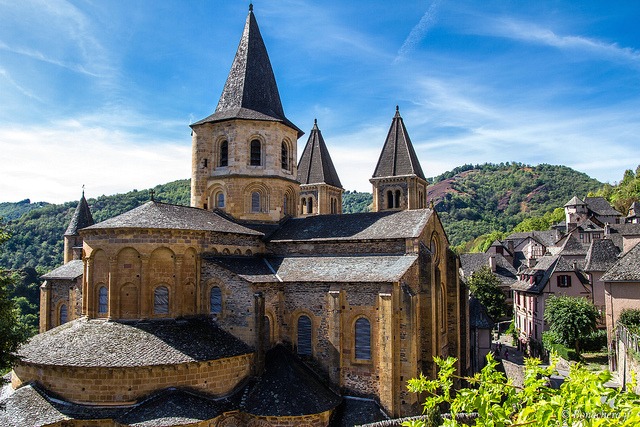
In recognition of its historical and cultural importance, the Abbey Church of Sainte-Foy was added to the UNESCO World Heritage Sites list in 1998 as part of the Routes of Santiago de Compostela in France.
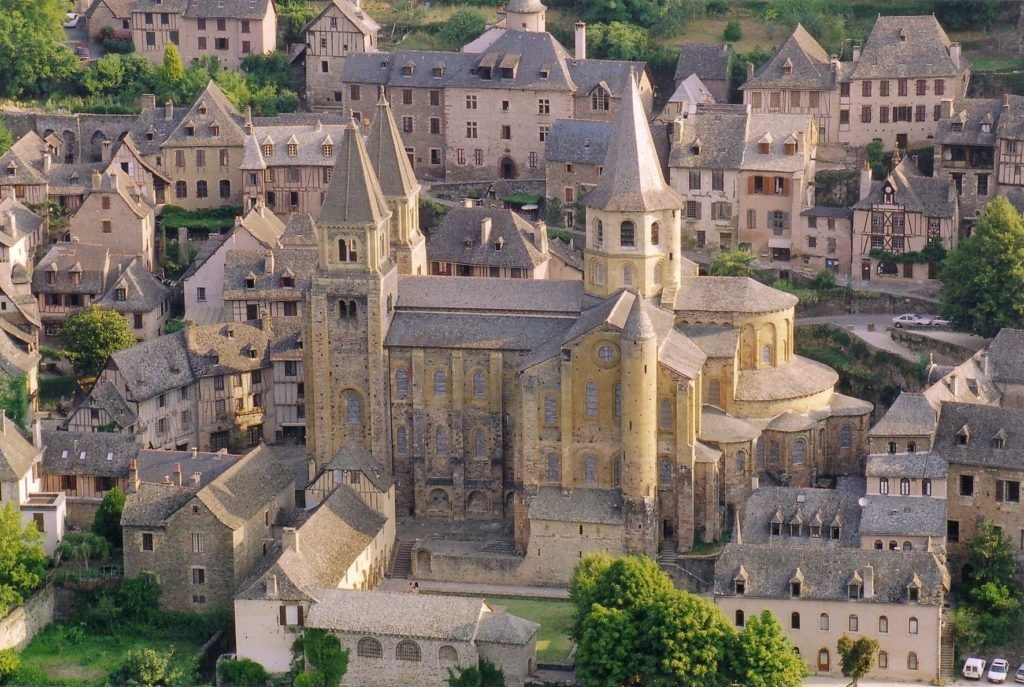
Today, visitors can explore the church, often during self-guided tours that highlight its unique features and rich history.

